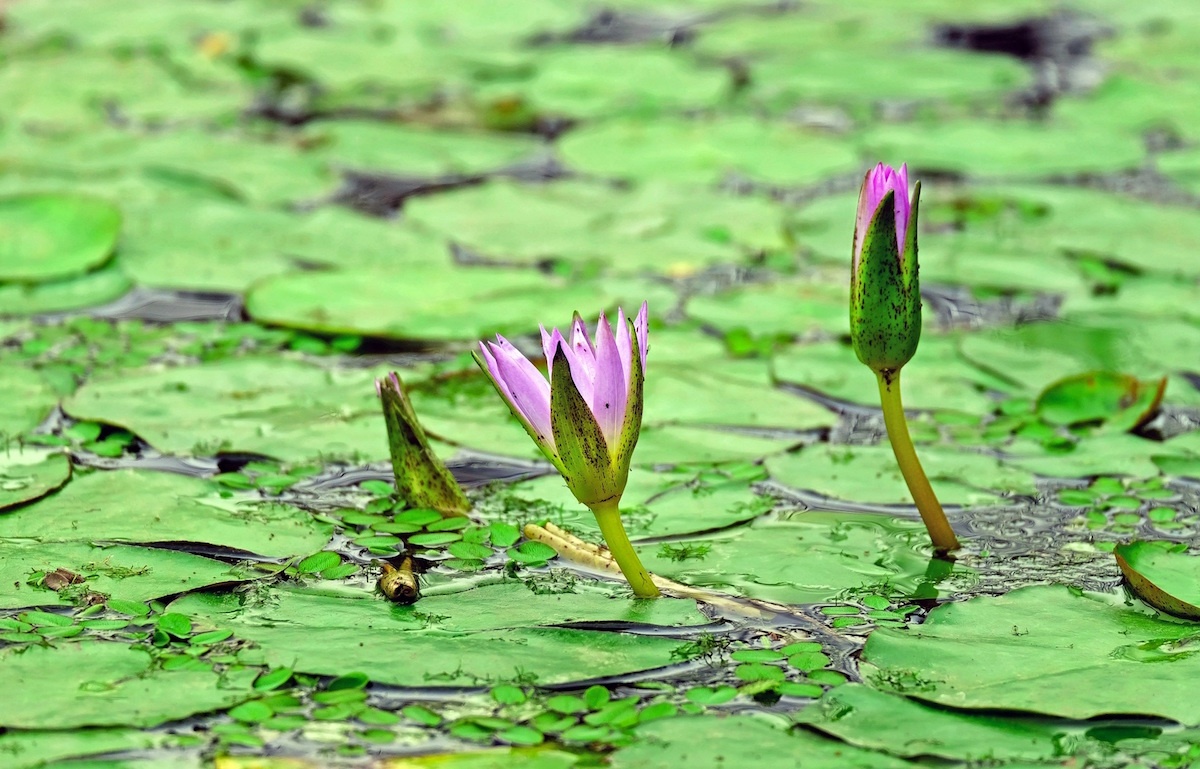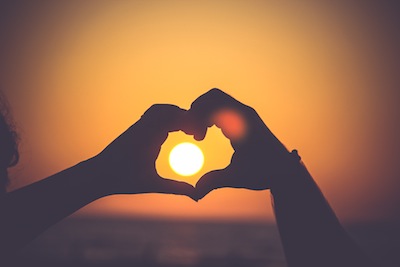I’m constantly amazed by how big a difference the little things in life can make. This morning I had the opportunity to catch up with a client whom I hadn’t spoken to in some time. When he called me last week to make the appointment, there was an unmistakable urgency in his voice. Though he didn’t seem to be distressed, I’d always known him to be the cool, calm, and collected type; so I found myself wondering about the nature of his call. He arrived to our session this morning right on time and practically sprinted into my office from the waiting room with a breathless, “Hey, Dr. D!” As soon as we sat down, he launched right into his explanation for the unexpected visit. What he shared with me left me breathless.
To give you a sense of why his words had such an impact on me, I’ll need to share a bit of the backstory. You see, this client—whom I’ll refer to as Joshua for the purposes of this blog post—grew up in a wealthy family and was supported in adulthood by a considerable trust fund. Never needing to worry about earning an income or managing financial responsibilities, he was free to create his life however he pleased. The only problem was, he had no idea what he wanted. Session after session during the time we worked together, he bounced from one idea to the next, never showing much conviction about his latest life choice. One month he’d be backpacking through Southeast Asia and the next he’d be diligently researching real estate investments; none of it brought him any satisfaction. Joshua had all but resigned to the fact that he would spend his life searching for purpose and meaning but never finding it.
During our last session together a couple of years ago, Joshua told me he was moving to California to study dolphins. He seemed excited about it, and we both held on to hope that he would feel connected to this new interest in a way that would ignite his passion and bring him joy. I didn’t hear from him again after he left—that is, until he called me up last week. As it turns out, Joshua never ended up studying dolphins. Just a couple of days after arriving in California, he met a woman at a record store who stopped him in his tracks, and the two fell madly in love with each other. They decided to open a retail store together and, to Joshua’s great surprise, it went well. A year after meeting his girlfriend, both the relationship and the business were thriving. For the first time in his life, Joshua felt a sense of fulfillment. As he described it, “I started to understand the people who are excited to start their day in the morning. It was weird for me, but I liked it.”
About a year and a half into opening their business, Joshua and his girlfriend decided they were ready for a new adventure. They hired someone to run the store, put most of their belongings in storage, loaded up a plush RV, and set out to visit every national park in the U.S. “Drunk in love,” as Joshua put it, they traveled around from state to state, marveling at the natural beauty surrounding them. During a particularly magical hike through Zion National Park, Joshua proposed to his girlfriend, and she said yes. They decided to get married next year, in a simple ceremony at a vineyard near their home.
Joshua and his girlfriend, whom I’ll refer to here as Kay, have finished their national park tour and are presently spending time with Joshua’s family. What he came to tell me was that he’s finally discovered his purpose in life. But neither the purpose itself nor the means by which he found it are anything like what he imagined they’d be. He put it to me this way: “So, I realize now that I pretty much got connected to my purpose when I met Kay and opened the business. I’ve been spending all this time thinking that because I have the funds to do it, I need to live life on this crazy scale and do things other people don’t get a chance to do. But the simple things, like being in a committed relationship with someone I love and owning a humble business, made me happier than anything ever has. I don’t know if I realized that at the time, but I totally get that now.” Joshua went on to talk about the other discoveries he’s made while reflecting on the last few years of his life. He told me about how much he enjoys having a sense of passionate commitment and how happy it makes him to imagine being a father in the near future. And then he said something that went like this:
“Dr. D, this is the big thing I realized and the reason I called you. For as long as I can remember I’ve been struggling with myself and beating myself up for not knowing what I want in life. You know how hard it’s been for me to figure out what the hell I’m doing. I was constantly comparing myself to other people and feeling like a loser. But of course they couldn’t understand me; I didn’t understand myself! So here’s the thing: Kay is the first person in my life who was totally cool with me being exactly who I am. She didn’t judge me or label me a spoiled rich kid or tell me what a flake I am. She just accepted me for who I am, and that let me finally accept who I am. It’s the craziest thing in the world to me.”
The most profound part of what Joshua had to say was that as soon as he accepted his free-spirited nature and the lack of clarity he had about his purpose, he essentially settled down, got clarity, and found that purpose. That small shift, from resistance to acceptance, changed his life.
What Joshua discovered about himself moved me deeply—not only because of the beautiful way that it transformed his life, but also because of the applicability it has to all our lives. When we are willing to turn toward the things we’re initially inclined to reject, we create the potential for transformation. This is true for our stories about ourselves—as was the case for Joshua—and it’s also true for our emotions. Paradoxically, acceptance is the prerequisite for change. Once we can acknowledge something, make contact with it, and accept it as it is, we create the space for it to become something different.
This morning’s session was a beautiful reminder that the small and subtle things in life can have the most profound impact. It’s far too easy to get caught up in our assumptions about what our lives are supposed to look like, all the while missing what’s great about the lives we already have. When we acknowledge what’s going right, we open up the possibility to shift whatever’s going wrong. By appreciating things as they are, we become capable of creating something new. This is perhaps the greatest life hack out there; and I’m thrilled that Joshua figured it out.
Accept this as my formal invitation to start noticing the small things in life—the subtle shifts, the simple moments. Allow yourself to embrace your life with a full and grateful heart, and know that by doing so, you might just be laying the foundation for remarkable change. The small stuff matters, and so do you. May you always remain open to possibilities and aware of your vast potential to create them. Peace and love, today and all days.







